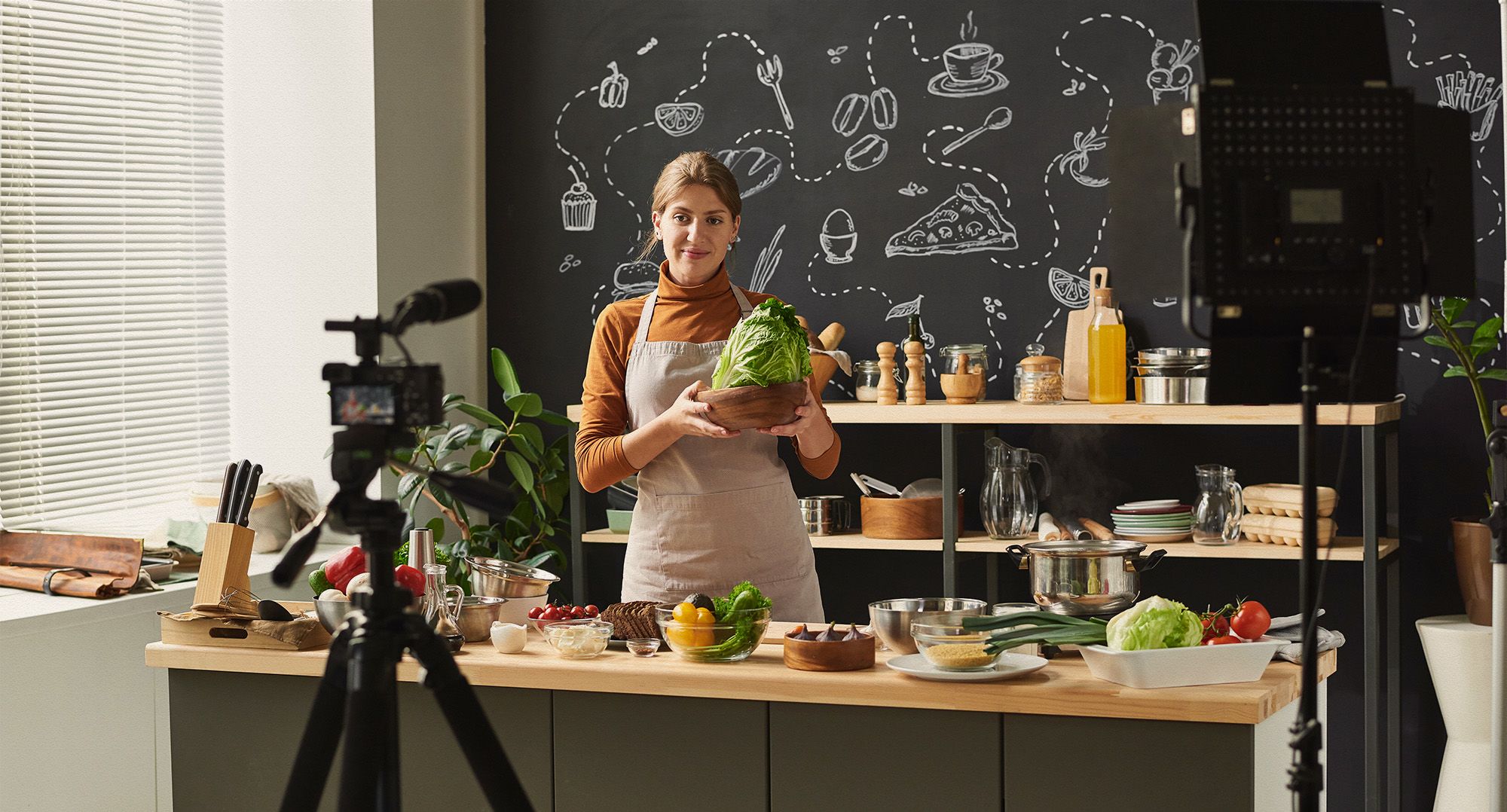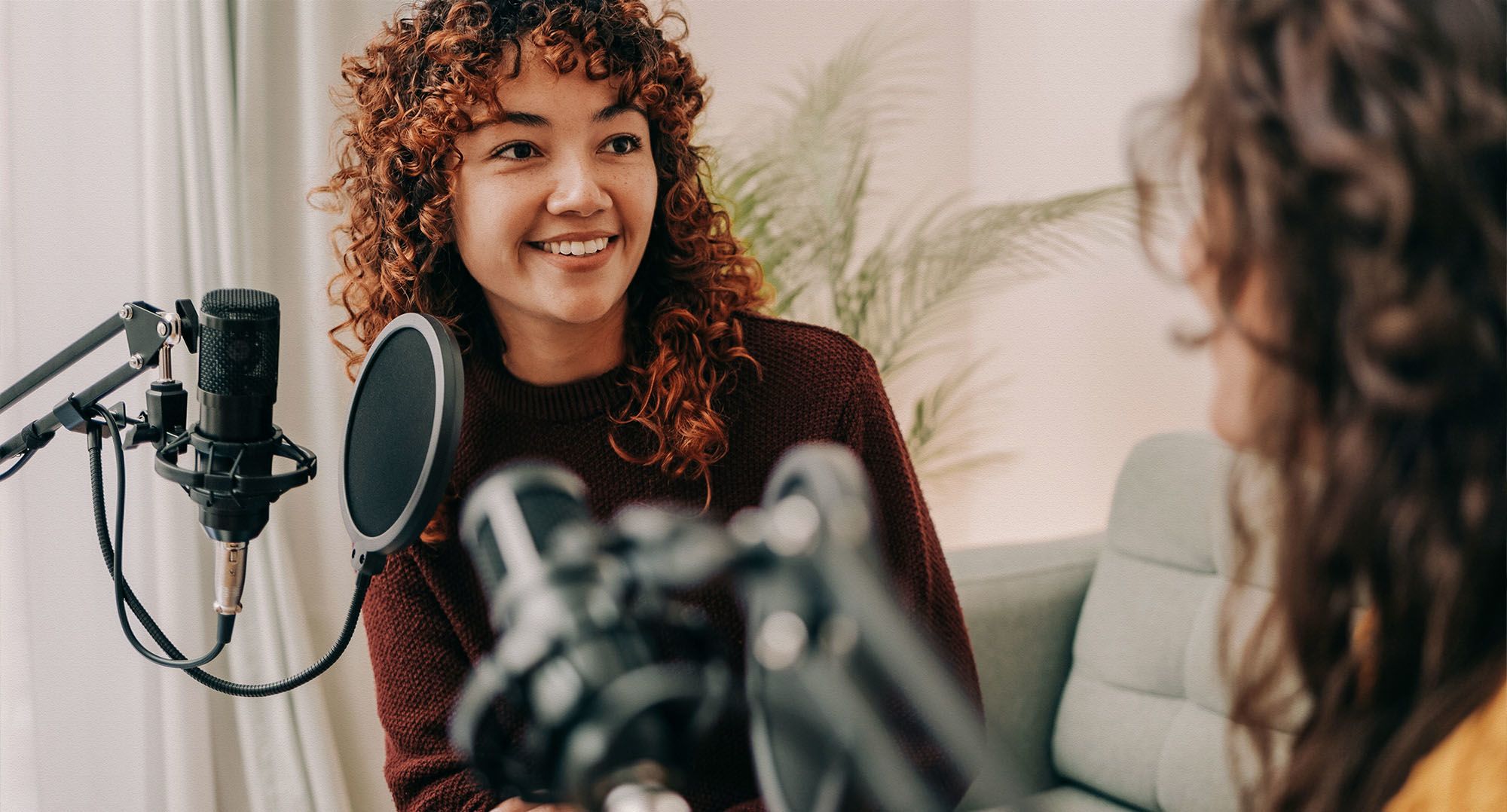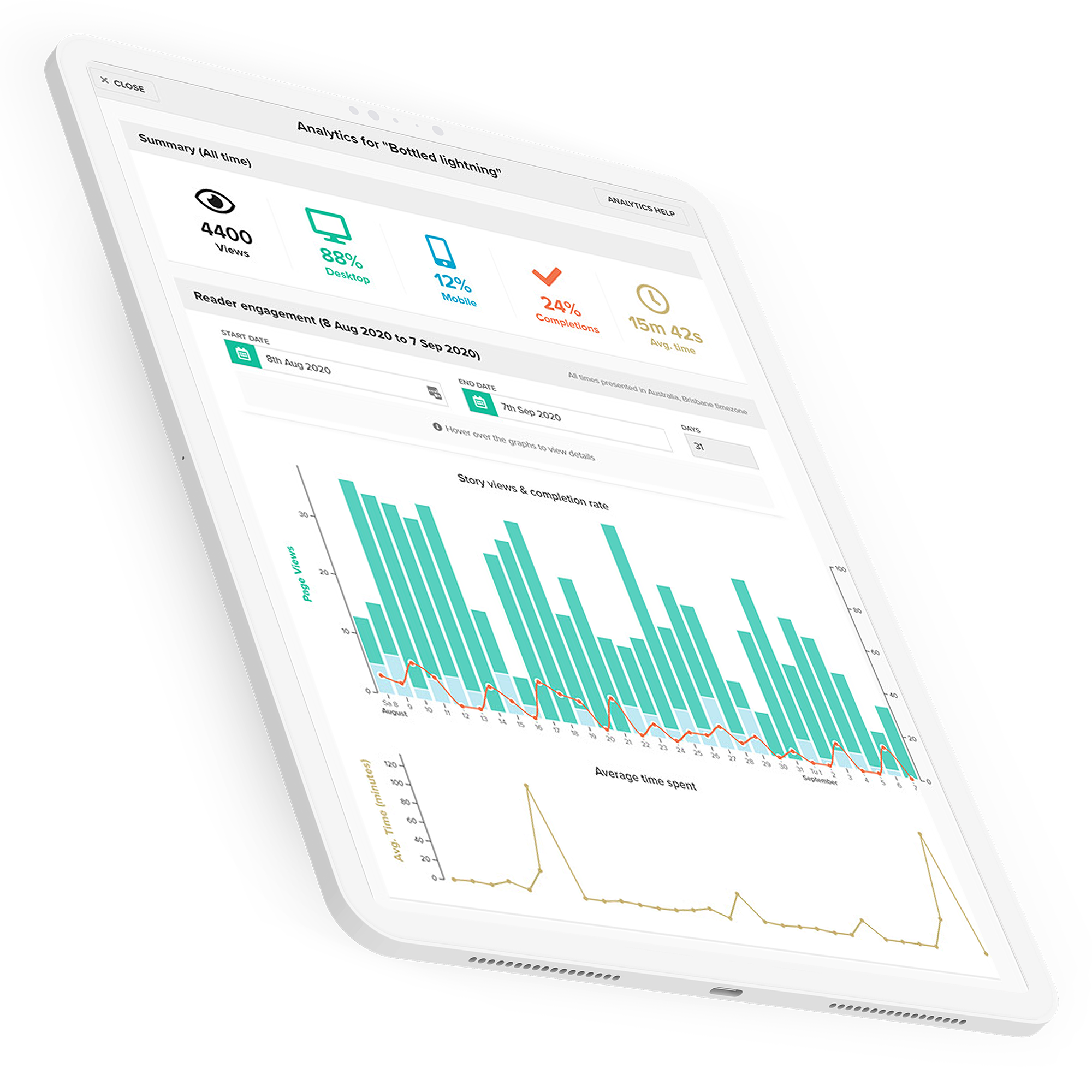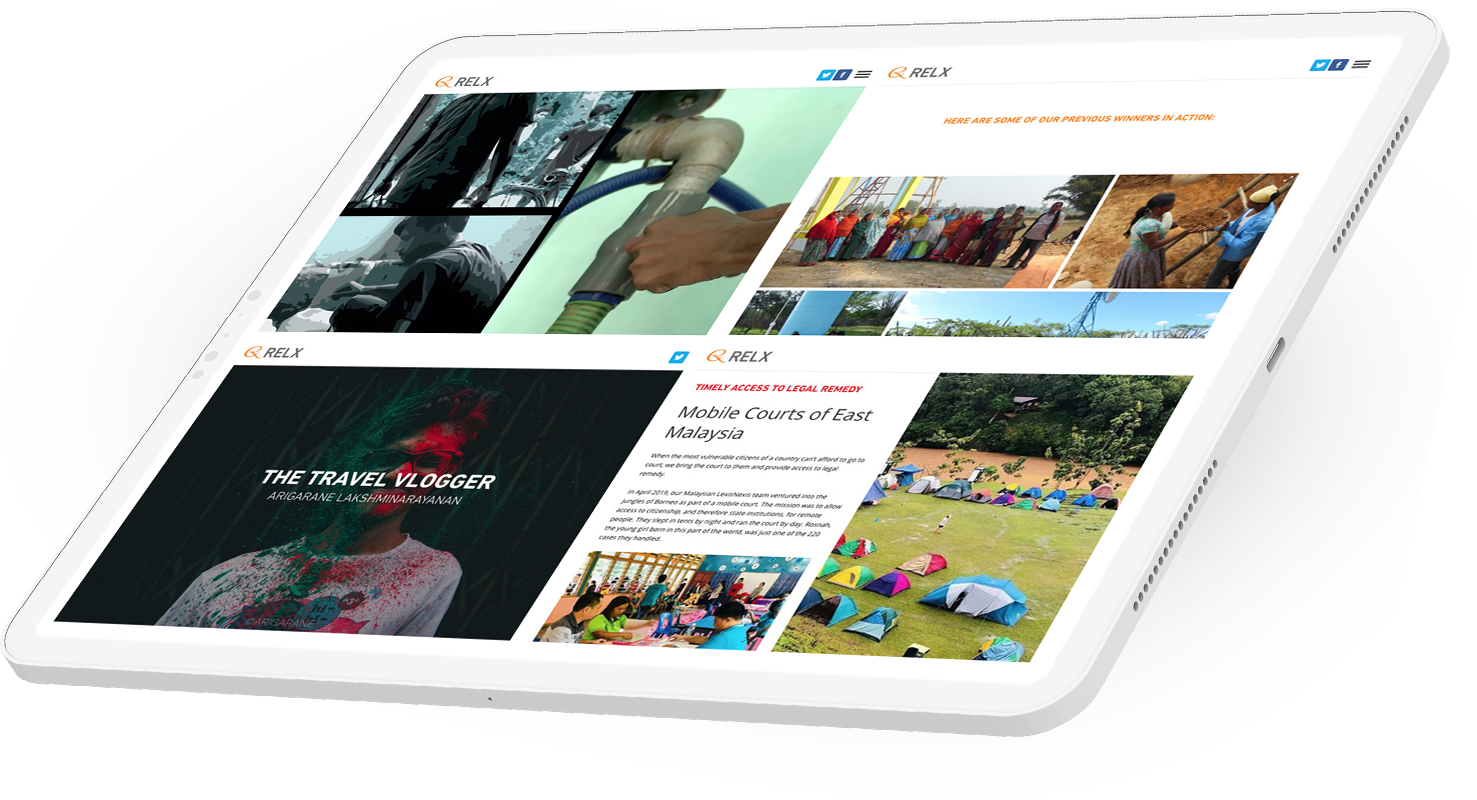An introduction
to owned media
(and why it's worth the investment)

The number one goal for content creators is to grab the attention of their target audience. This is getting harder to do, particularly using traditional PR tactics.
by Kimberlee Meier
The fact is, earning attention through press releases and traditional news outlets is dying (yep, we said it).
As a result, many companies are thinking outside the box and investing in an owned media strategy to tell their story. While distribution is more complex, owned media allows companies to build their own audience, with complete control over the message and visual design.
This is tricky terrain, as it requires companies to create interesting, journalistic content at scale, without aggressively pushing their products and services.
Not every company can pull this off — but those that do find that it’s one of the best ways to grow their business.
In this piece, we’re going to explore:
- what owned media is
- why investing in owned media makes sense
- types of owned media to invest in (with examples), and
- choosing the right channel for you.
Let’s dive in.
Definition of owned media

Owned media is a broad term that describes any content that you produce or own.
This content may live on your website, or on other channels like blog posts or your email newsletter. Whatever platform the content is on, the best examples of owned media give your company real power, controlling how it's produced and distributed.
Owned media is distinct from other types of media, such as:
- earned media, which is publicity gained from shares, likes, word-of-mouth mentions, or other third-party endorsements, and
- paid media, which is media (obviously) that you pay for, such as display ads and sponsored social media posts.
Each of these three approaches is important in your digital marketing strategy.
Why investing in owned media makes sense

You control your brand’s reputation
Content distributed on third-party services is always at risk of being changed.
Even social media posts can be removed, hidden, or not distributed widely according to the algorithms of social networks. With owned media, you can publish content about what you want, when you want, without guidelines that external sources ask you to adhere to.
81% of customers say it’s important they buy from brands that reflect their values. Telling people what your company stands for is everything.
You own your tone of voice
Owned content is a great way to build on existing brand awareness.
65% of customers admit they’re emotionally connected to a brand because they feel like the company cares about them. Producing a blog, newsletter, or podcast lets audiences experience your brand's unique tone of voice (TOV).
TOVs make companies instantly recognisable with certain word choices, emotions, and communication styles.
PR is getting harder to use for visibility
Good PR is extremely difficult to get — and it's certainly not reliable for most companies.
Traditional media platforms can condense press releases and cut out important information from announcements. With a strong owned media engine, you can earn even more exposure by supplementing external articles with detailed owned content.
It's easier to experiment in-house
Owned media gives you the freedom to experiment with different types of content and test what messages are landing with your readers and influencers.
You can try out different design elements, images, styles of writing, and topics, and see what lands with your audience, and what doesn’t.
As you own every piece of content, you'll also own the data and analytics attached to it. Use this data, such as time-on-page, views, and story completions, to improve the performance of your content.
Shorthand tracks data and analytics for every story so creators can see what elements readers are connecting with.
Shorthand tracks data and analytics for every story so creators can see what elements readers are connecting with.
Owned media is scalable
As long as you pay for your domain, the content your team creates will exist forever. It has a chance to grow organically, and you can tweak it whenever you like without it disappearing overnight.
With an in-house content engine and clear marketing strategy, you can build a talented team and process that allows you to easily double (or triple) down on whatever type of media works. Add keywords to content, distribute it on LinkedIn, Facebook and other social media accounts and play the long game on search engine results pages (SERPs) to increase reach. Creators can also add backlinks and update content so it has an improved SEO ranking, stays impactful, and gives your site authority.
Once you've got a solid library of content in place, you can expand on it and scale your owned media to grow your audience organically.
The best types of owned media to invest in (with examples)
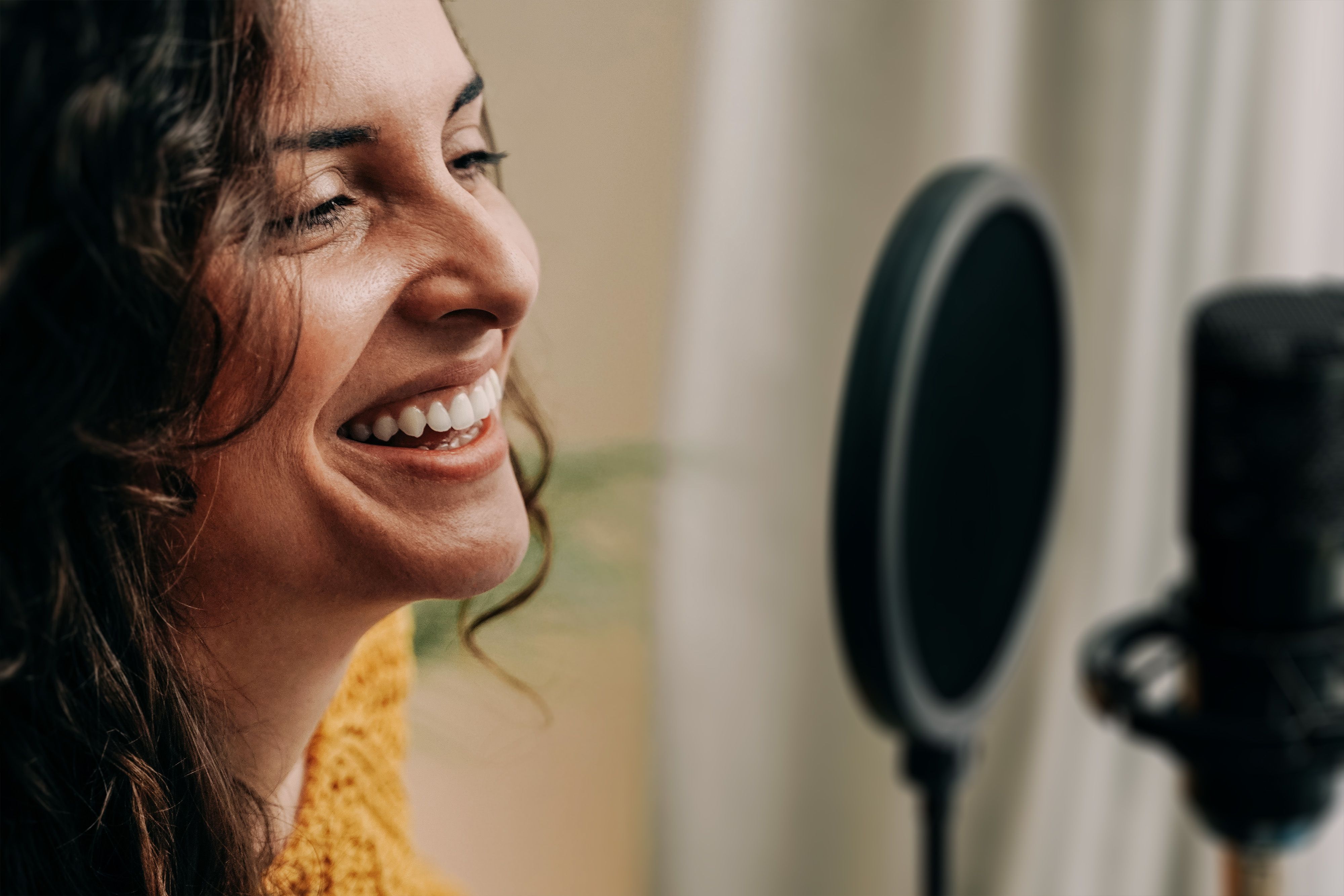
1. Blog content
Blogs are the bread and butter of the owned content strategy of most businesses.
There’s a reason that over 600 million blogs exist on the internet — they're a space for brands to educate readers, tell stories, and post updates. A place where brands can speak to audiences 1:1.
Blogs are also easy to customise depending on content goals and what types of articles your audience likes to read. For example, it's possible to create hubs filled with content split into sections, so readers can search for content that interests them.
One example of best practice is from the World Wildlife Foundation (WWF). They have an entire section — their knowledge hub — on its website dedicated to educating readers. Here, WWF's audience can browse reports and learn more about the organisation's progress. And as word counts or images do not limit them, WWF can share posts that align with their values, like this one:
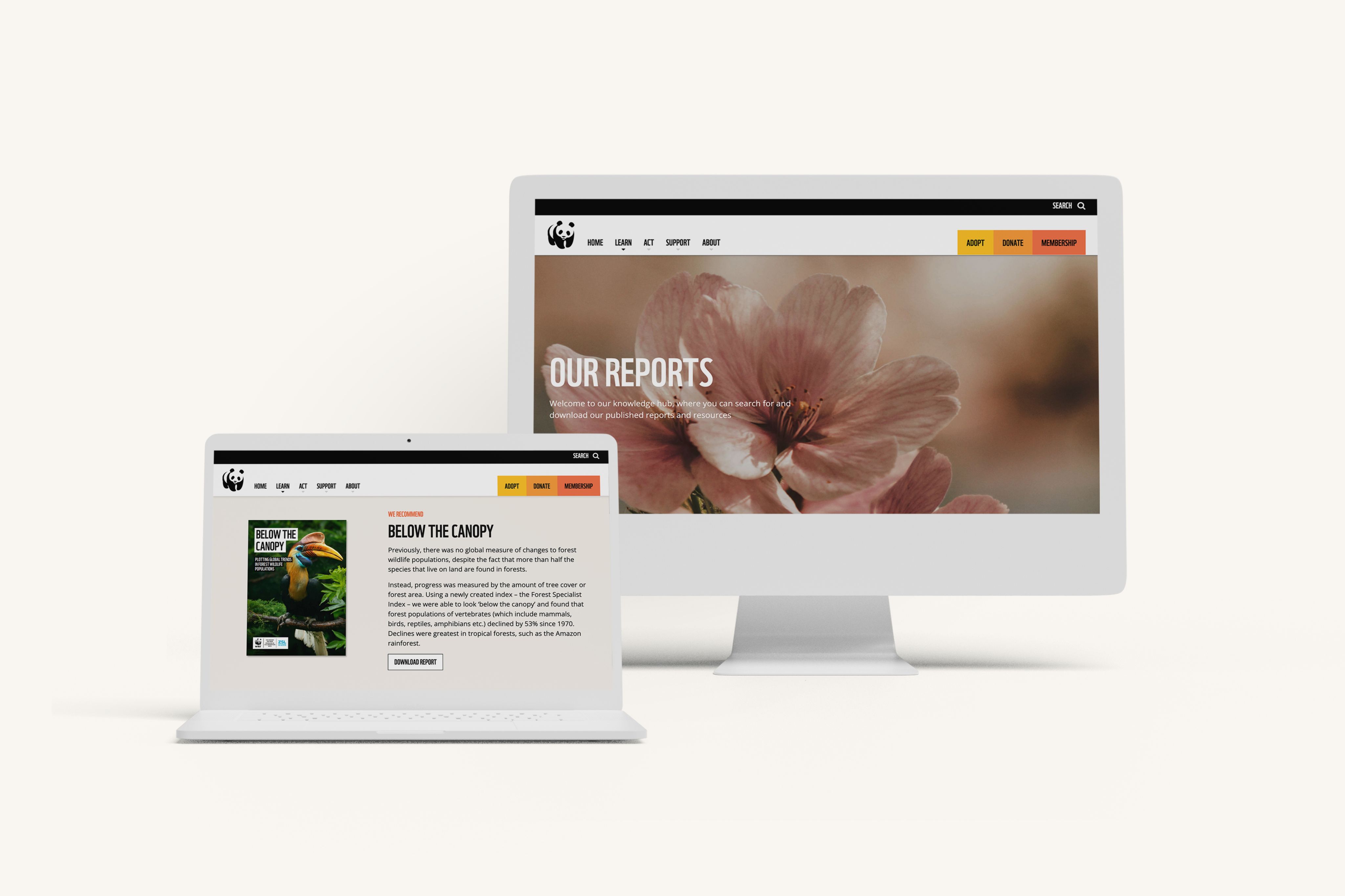
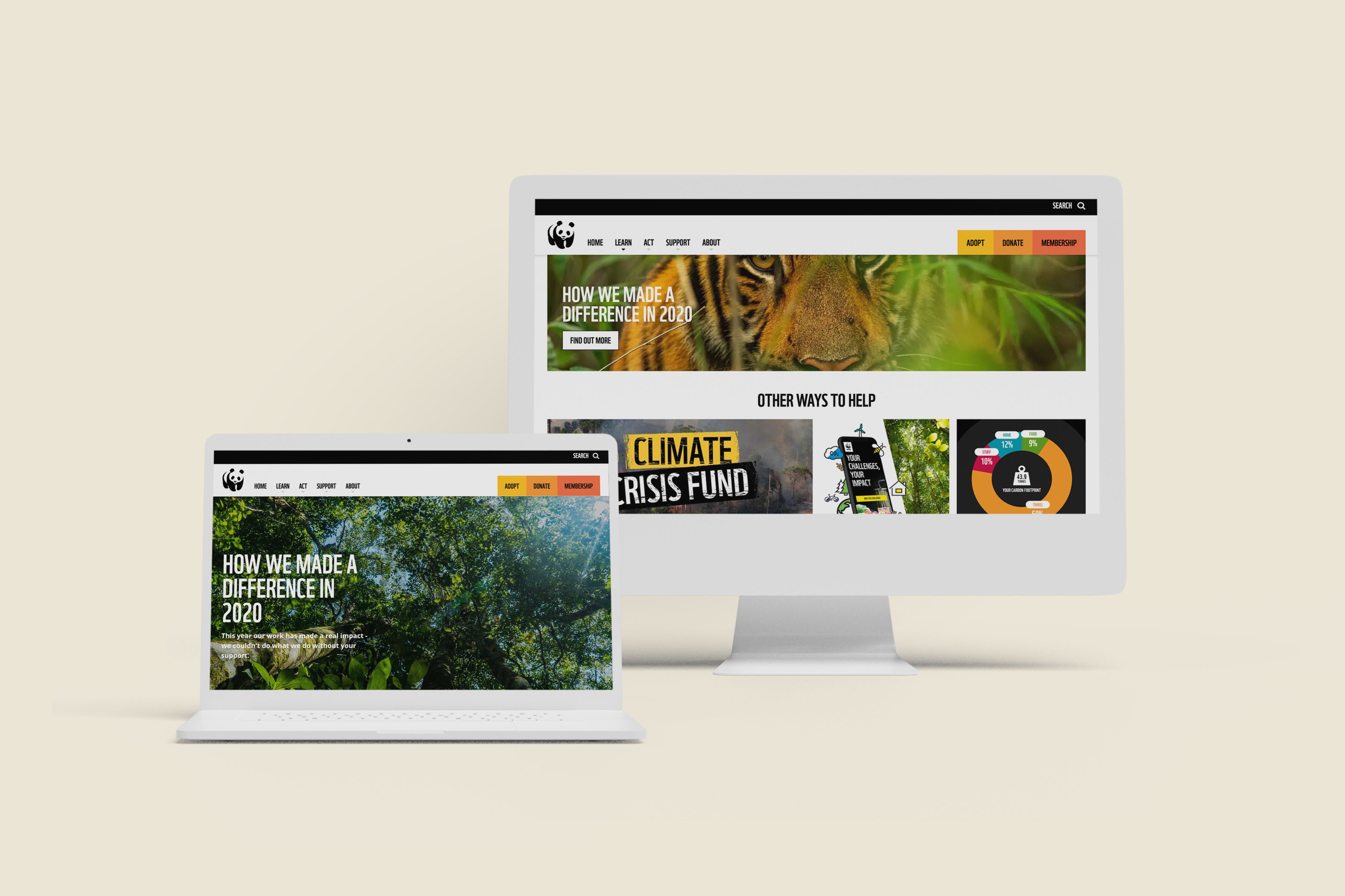
Pro-tip: Blog content guided by long-tail keywords performs better on search engines like Google and can help your content get noticed. A Moz study found that less common phrases make up 55% of all Google searches.
2. Digital magazines
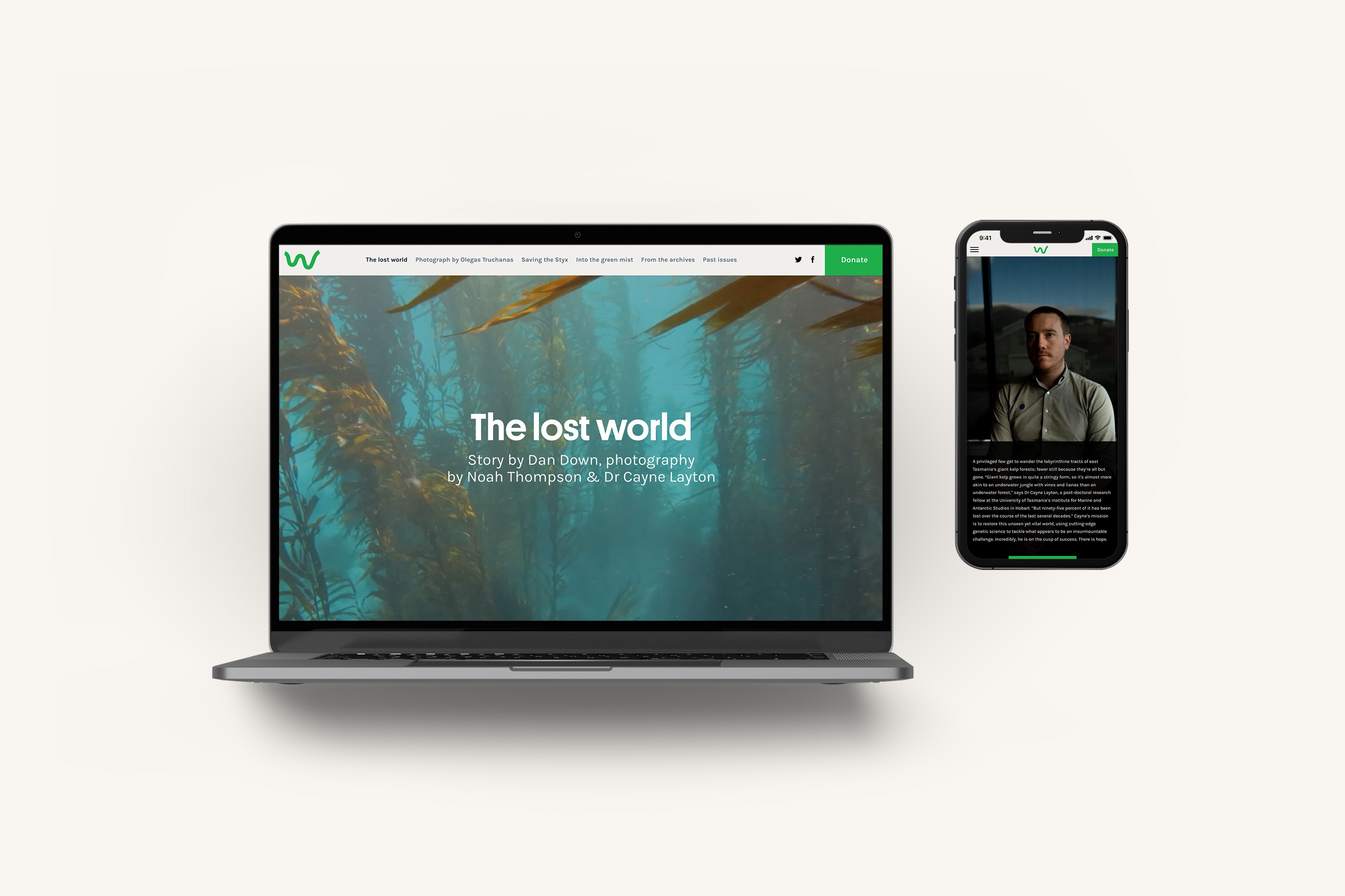
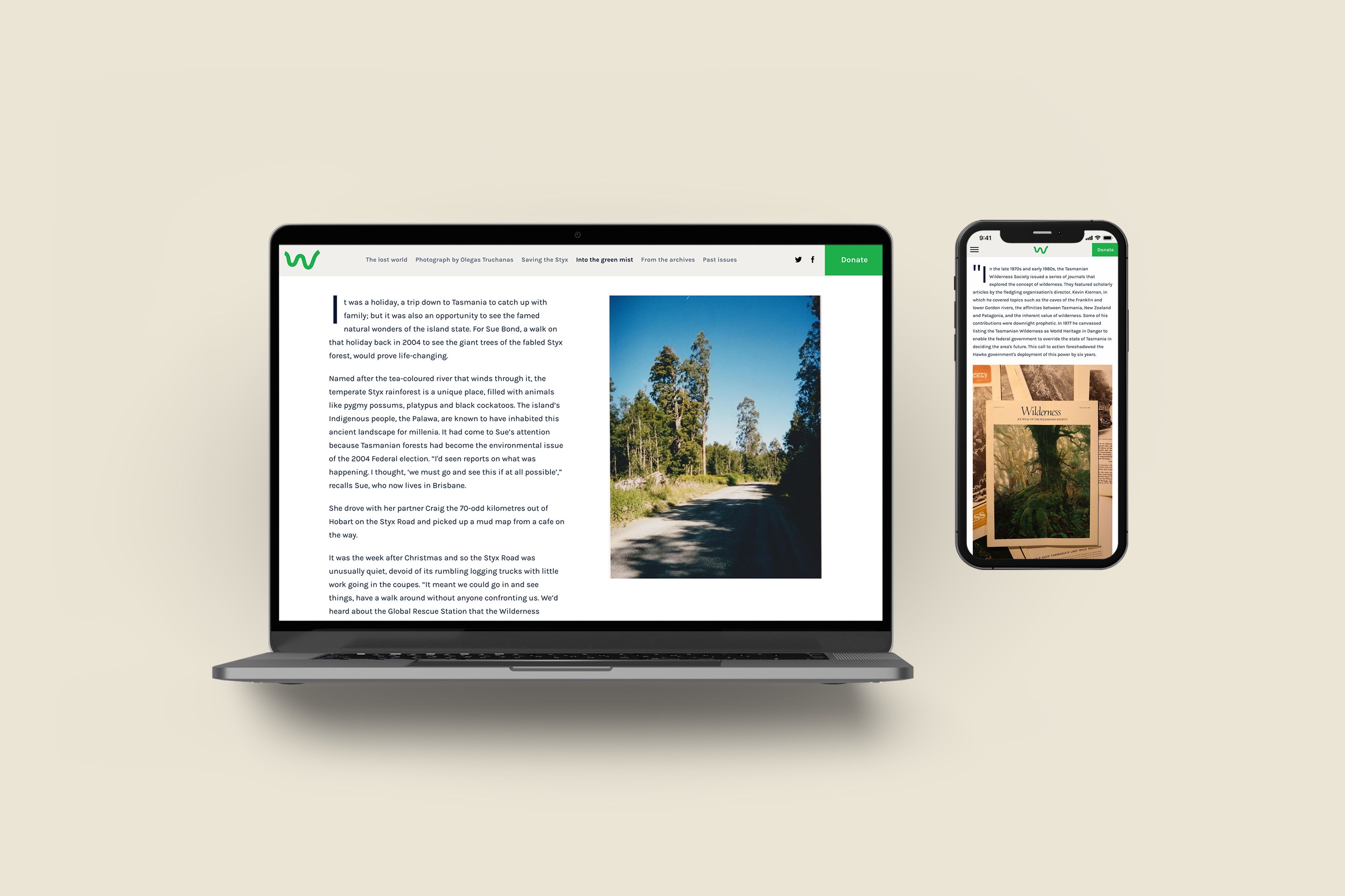
We don't know the exact date when people stopped buying newspapers, but we've been reading our morning news on our phones or tablets for some time now.
The pivot to digital magazines has been interesting. In many ways, the shift has given readers more bang for their buck. Unlike print, digital magazines can include links, video, high-resolution photography, audio, and animations.
This hasn’t always been the case. Until recently, digital magazines were, for the most part, a terrible reading experience. Produced as PDFs or in-browser flip books, digital magazines tended to mimic their print counterparts, without taking into consideration the way people browse, scroll, click, and read on the web.
Typically, these digital magazines were difficult to find, not responsive, not accessible, and lacked integrations and analytics.
The good news is that with new web technologies organisations can build beautiful, immersive digital magazines, without the expense of developers or web designers.
Browse standout examples of magazines from leading international brands and publishers to inspire your own digital publication.
3. Communities
Every brand wants its customers to have a strong connection to their brand, but it's hard to build it when the audience doesn't have a voice.
Online communities change that.
Unlike other owned media channels on our list that focus on brands speaking to customers, online communities grow connections with customers with 1:1 interactions. Online communities also have another bonus: brands leave it to their customers to create valuable, owned content on forums or discussion boards.
The online community, LEGO Ideas, lives on the company's website. It's how LEGO has created a community with nearly 2 million mega fans that share design ideas and discuss their favourite products.
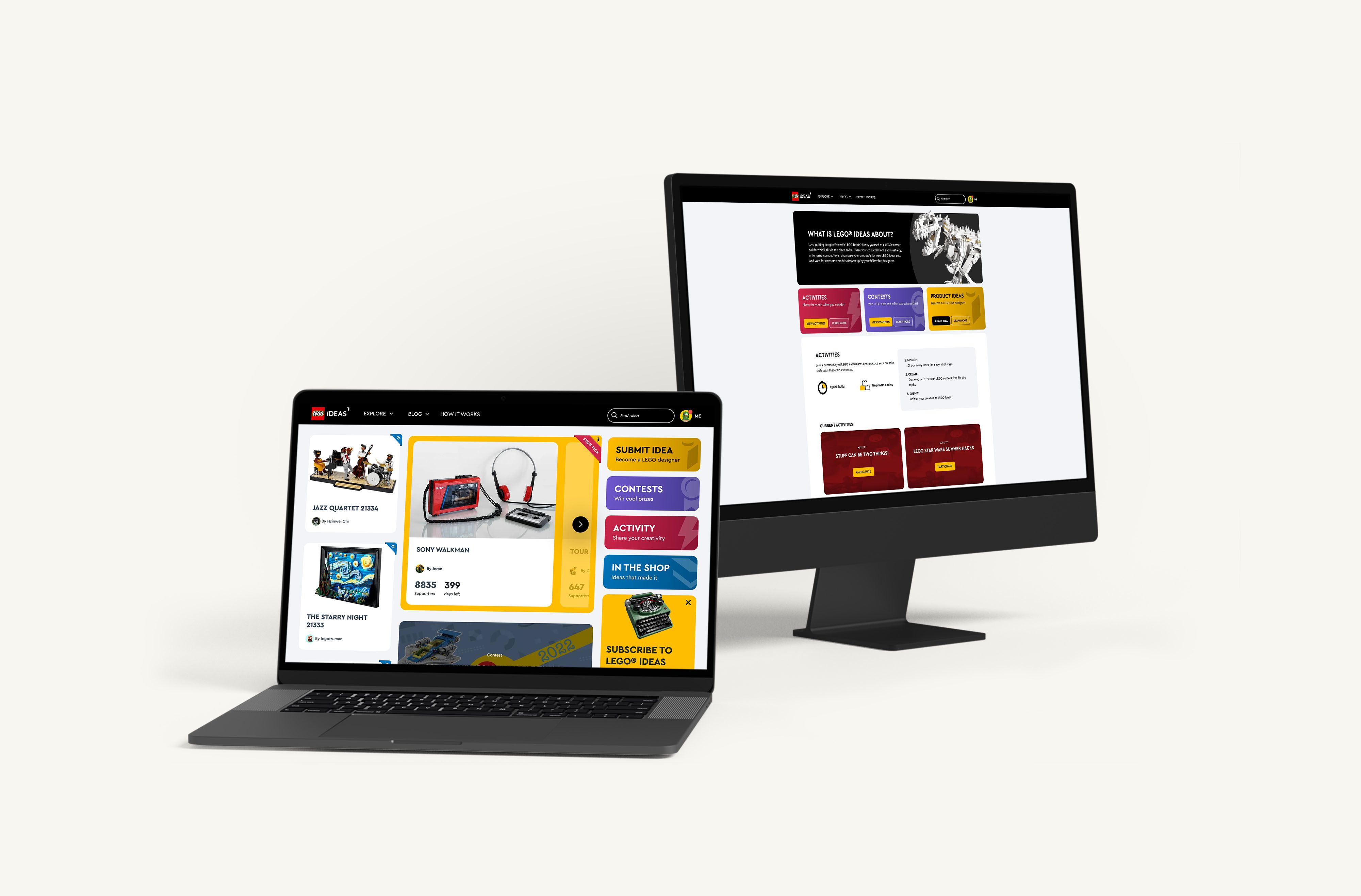
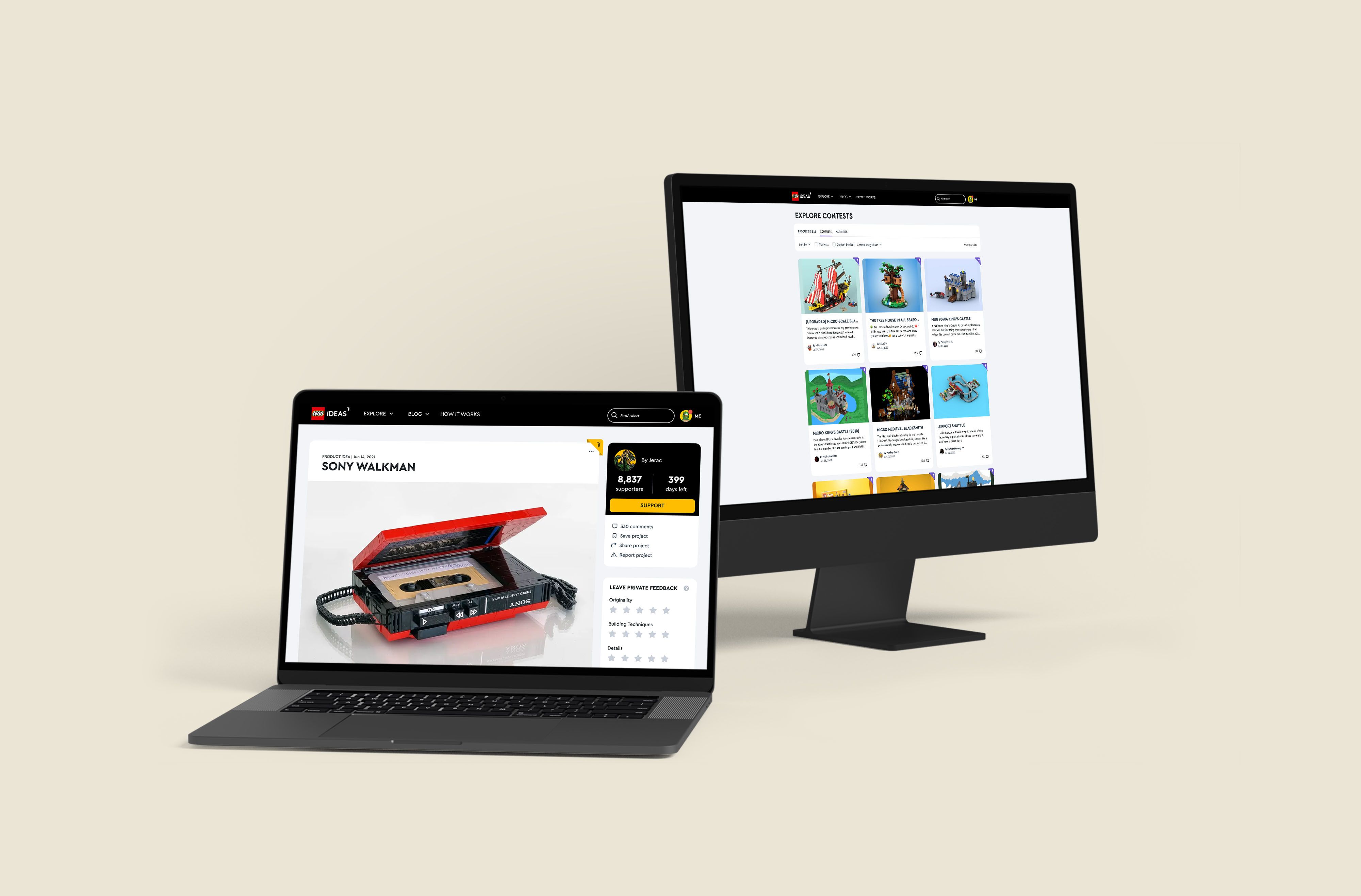
LEGO uses the space to share contests and activities with members, but it also tests products to get feedback before releasing them to the public. For LEGO, the community creates an emotional attachment to its members. For LEGO fans, this connection with the company makes them feel like an insider who shapes the product they love.
4. Digital stories
The newest type of content to find success with content teams is digital stories — otherwise known as immersive content.
Unlike traditional news stories or content pieces, digital stories immerse readers using interactive maps, illustrations, and photos. Techniques like scrollytelling can also be embedded into the stories, allowing brands to control when story elements are displayed to maximise the impact on the reader and increase the conversion of readers into subscribers and potential customers.
Digital stories can be a constituent part of a broader publication, like digital magazines. They can also be standalone projects, such as white papers or annual reports.
One great owned media example comes from RELX, a global provider of information-based analytics.
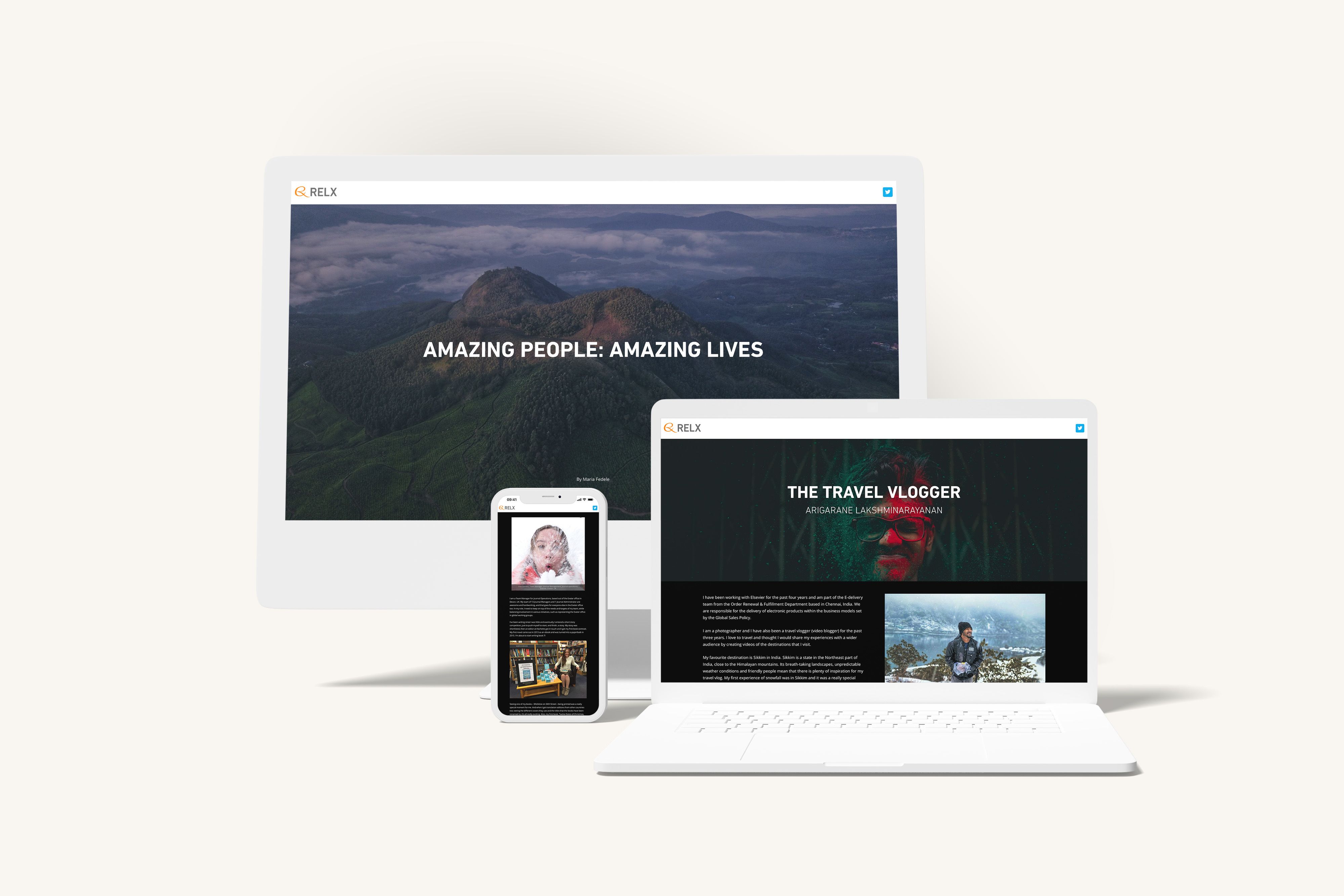
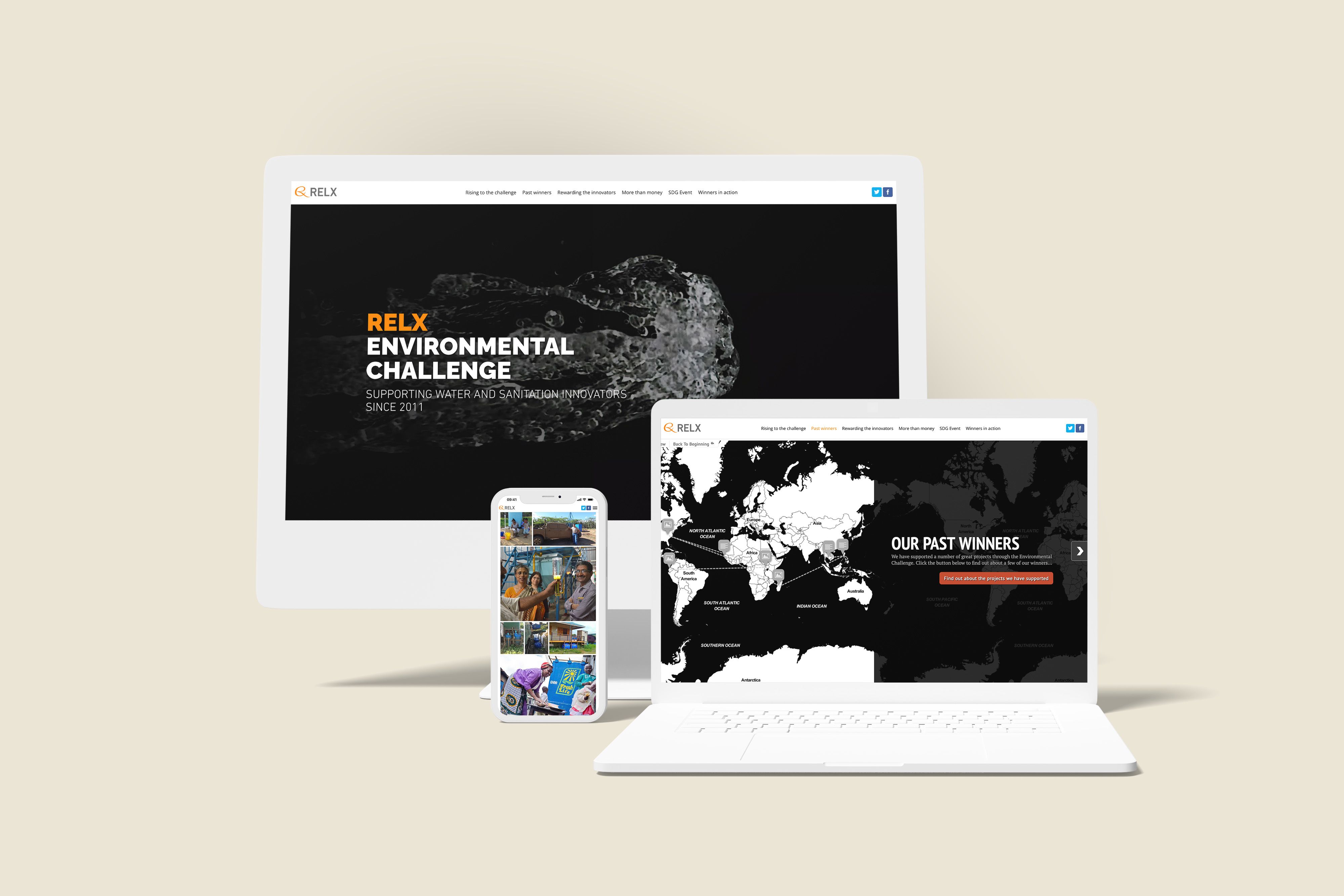
With more than 33,000 employees scattered across the globe, the company needed a way to create engaging content for its team.
After discovering a digital story published by Shorthand on the BBC, RELX's Head of Corporate Communications, Paul Abrahams, knew the company had to use the same approach to reach employees. Using Shorthand, RELX sends out an internal story a week, educating staff about changes to flexible working policies or upcoming story publications.
Internal digital stories were so successful for RELX that they used them to bridge the earned and owned media gap.
RELX now uses digital stories to connect with readers.
RELX now uses digital stories to connect with readers.
Abrahams says the stories are more engaging, allowing journalists to publish quality stories to their core audience of investors, politicians, policymakers, employees, and customers. The improvement in quality and engagement increases the chances of search engines and other major publications picking up RELX's content.
“The content on our old website was interesting — but it wasn’t inspiring. The stories were flat and didn’t have much imagery. It just wasn’t fit for purpose for our organisation. And it didn’t express the talent we had in our team.The stories we’re publishing now look simply beautiful. And we're getting as many as 15 times the number of reads that we used to get. There's a general genuine buzz in the team about what we’re publishing,” Abrahams says.
Content has come a long way and the channel you invest in matters

Yes, content is still king. And for brands that exist online, digital content is one of the most important investments they will make.
However, where that content lives is just as important as the content itself.
Posting on social media channels or getting noticed through news sites is essential, but you'll never truly own the content or have control over the narrative around your brand. As we mentioned earlier in this piece, social media platforms regularly constrain the reach of brand content.
Owned media changes the game and puts the power back into your hands. Invest in your blog, build a community of engaged followers, and experiment with new forms of owned media like digital stories to improve engagement and bolster your content marketing strategy.
Once the groundwork is done, continue to nurture your owned media — and watch your audience grow.
Feeling inspired to invest in owned media? Shorthand helps publishers create digital stories and interactive articles to make content more engaging. Read more about brand publishing, or check out the fantastic examples in our owned media showcase gallery or our article on 8 brilliant brand publishing examples.
See how sites like the BBC, Tripadvisor and UNICEF create engaging content for their readers and try Shorthand for yourself.
Further reading: 10 best digital publishing platforms


